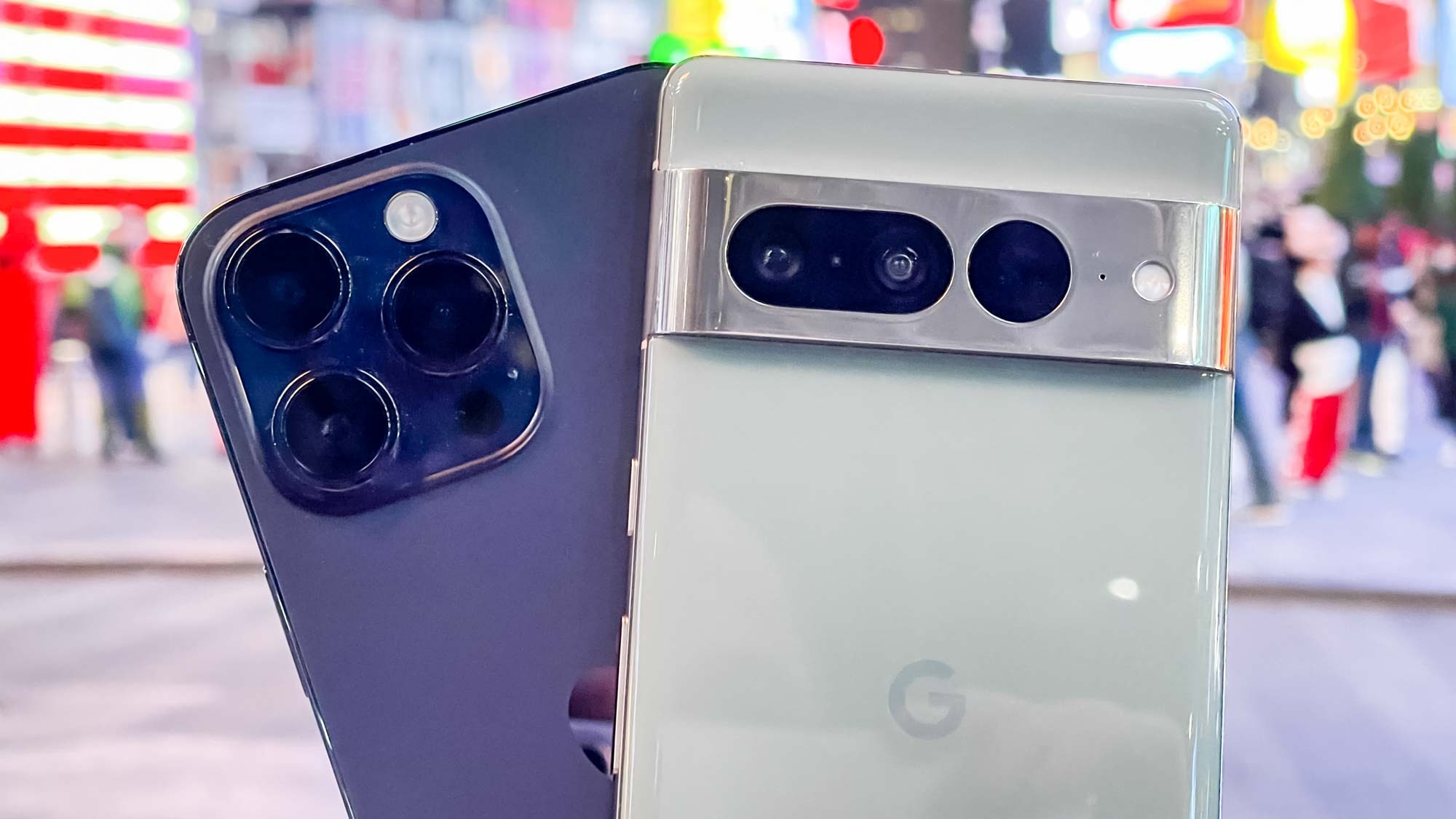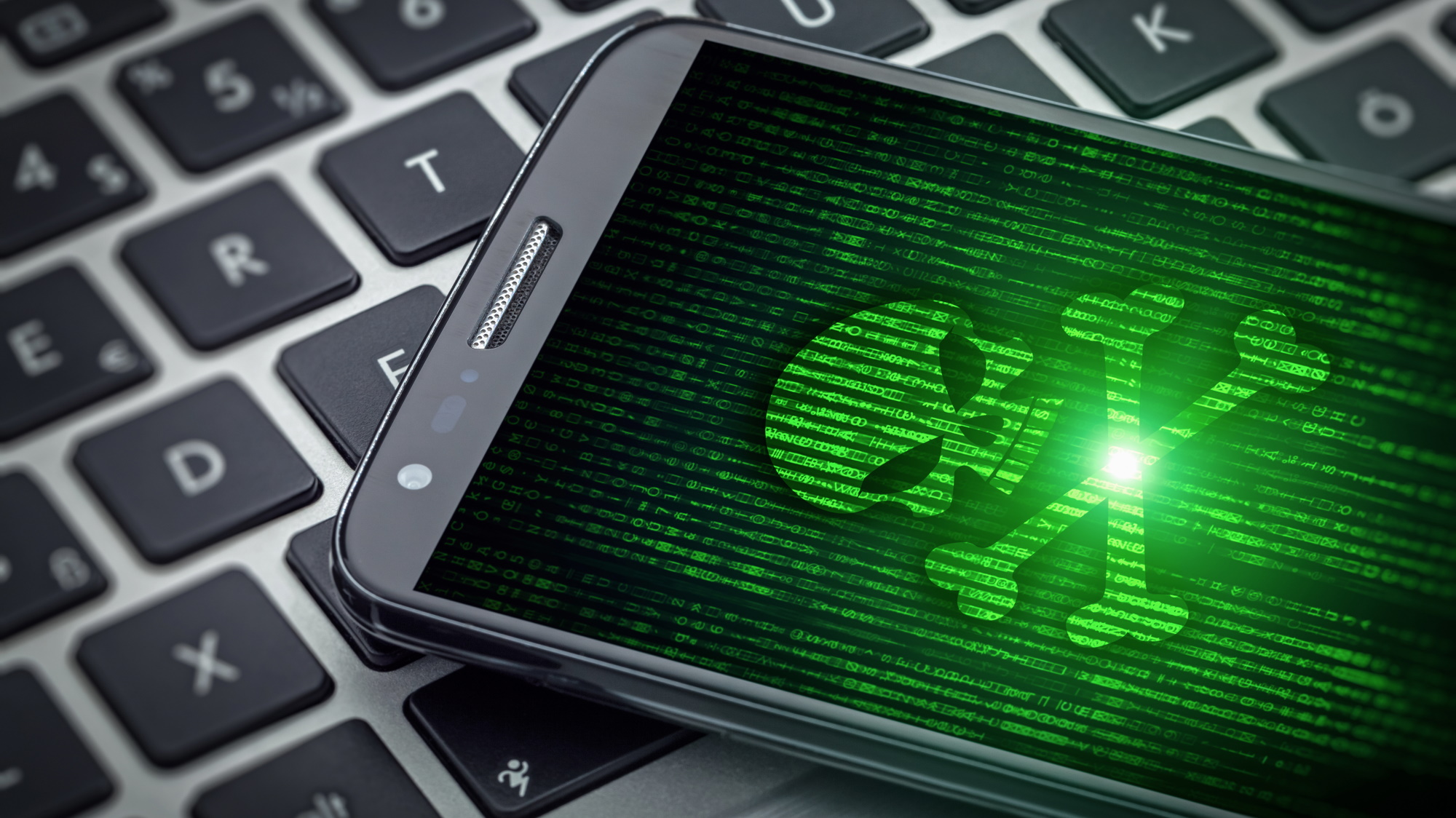Android betas don't have the same impact as iOS — but they should
iOS software betas generate lots of hype — why can't Android?

If you want another reminder of the big iPhone vs. Android differences, consider how differently operating system updates are treated by the platforms' users. iOS updates garner a lot of attention — something I'd like to see happen on the Android side of things.
Hype for Android tends to die down following the big annual update, unless Google announces major changes, such as with Android 12L a year ago. Normally, however, we tend to forget about updates until the quarterly Pixel Feature Drops roll around — and those are exclusive to Google's phones, so they won't make it to the main Android codebase.
Perhaps Android updates tend to be lower profile because Google doesn't tend to do very much with the minor updates. That's a contrast to Apple, which often introduces several new features in iOS point releases, whether it's to finally deliver on promised additions or roll out entirely new capabilities. For example, this week's iOS 16.2 update brought the new Freeform app, Apple Music Sing, iCloud Advanced Data Protection, new lock screen widgets, and adjustments to the always-on display feature for the iPhone 14 Pro.
I cannot remember a time in recent memory where an Android point release brought as many new features as what we saw from iOS 16.2. The Android 4 Jelly Bean days come to mind, but that was a decade ago. (Feel old yet?) Modern Android relies on monthly security patches and those Feature Drops I mentioned earlier to keep people sated until the next big version comes out.
But as proven by the most recent Android 13 QPR2 Beta 1, Google has started experimenting in between major launches. Normally, new features wait until the Developer Previews come around, though you see most of them in the pre-launch betas following the annual Google I/O conference.
It's hard to say that this latest Android 13 beta is unprecedented because I honestly can't recall every single post-launch beta in the history of the OS. But it stands out to me. The beta added several features such as lock screen customizations, an official desktop mode, and other smaller ones. All of that would normally be saved for Android 14, so I'm pretty excited that we might get these things before late next year. (Google could decide to not ship all of these features in a production release.)
Even if Google managed to get betas up to the standard iOS has set, I don't think people outside of hardcore fans would even bat an eye. Part of that has to do with the scope of the iPhone's popularity in comparison to the Pixel's — the latter is statistically insignificant compared to Apple's mobile portfolio.
It shouldn't be that way because anything in the Android codebase could come to other non-Pixel phones, like the Galaxy S, OnePlus, and Xiaomi devices of the world. That alone should get people interested.
If Google continues with what it's done for QPR2 Beta 1 with future post-launch betas, I think more people owe it to themselves to pay attention. Who knows what will come to your non-Pixel phone eventually.
Sign up to get the BEST of Tom's Guide direct to your inbox.
Get instant access to breaking news, the hottest reviews, great deals and helpful tips.

Jordan is the Phones Editor for Tom's Guide, covering all things phone-related. He's written about phones for over six years and plans to continue for a long while to come. He loves nothing more than relaxing in his home with a book, game, or his latest personal writing project. Jordan likes finding new things to dive into, from books and games to new mechanical keyboard switches and fun keycap sets. Outside of work, you can find him poring over open-source software and his studies.
